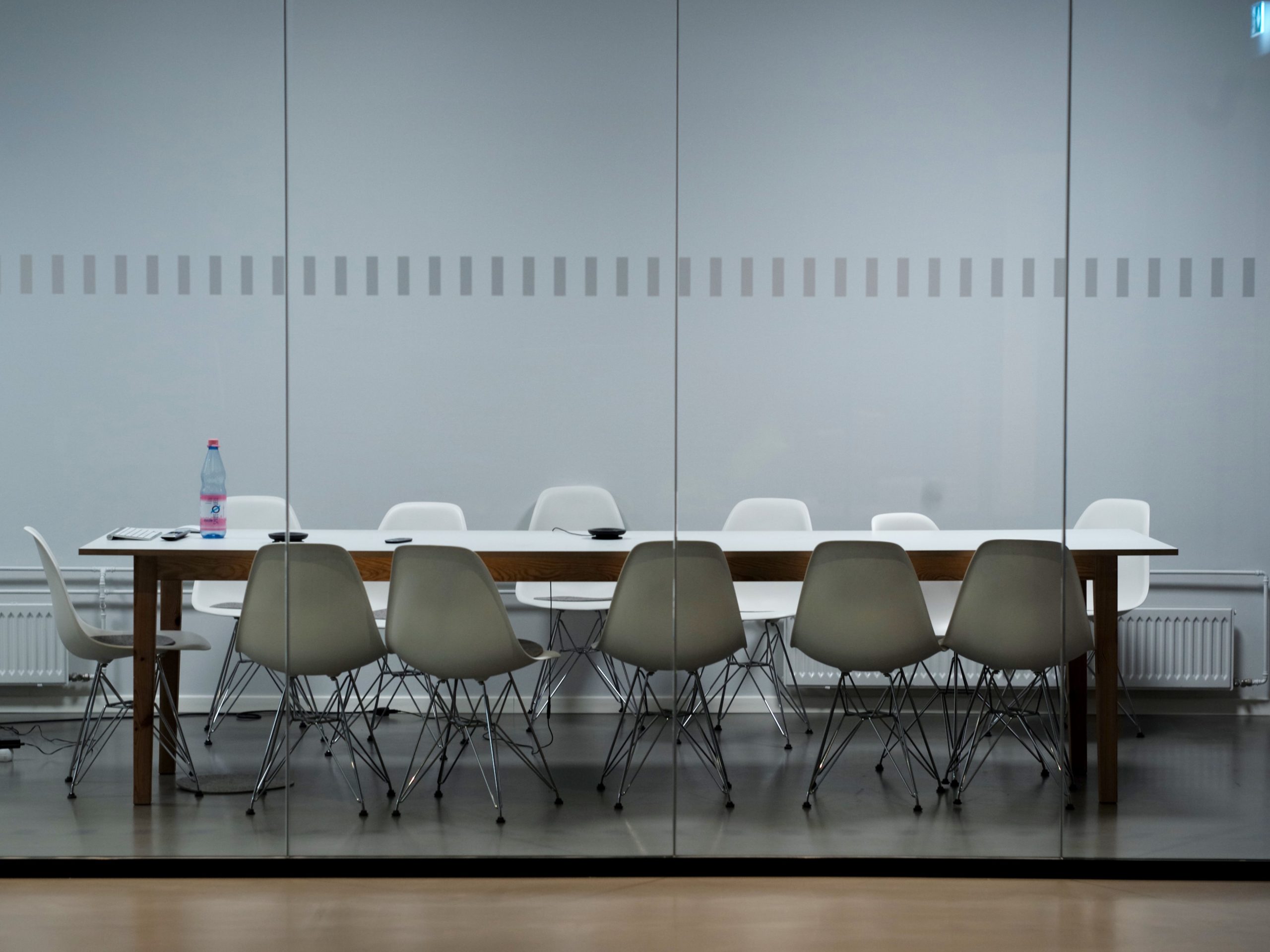
05 Jun Measuring the Success of Your Office Sanitation and Health Protocols
The COVID-19 pandemic has forced a global reckoning with the awesome power of infectious diseases to grind economies to a halt. The forced lockdowns and retreat into home isolation have also given us a heightened awareness of the role our surroundings play in our health and wellbeing. While no one could have predicted the exact nature of the outbreak that is now upending our lives, many of us working in public health have been urgently advocating for organizations to invest in healthier buildings for some time. History tells us that buildings play a central role in the spread of disease. If your organization has already implemented parameters to redesign your workspace, implemented safety protocols, and reenvisioned your sanitation practices, your job is only half done. Now comes the important task of making sure these practices are not only enforced but also measuring how well these efforts have mitigated the spread of the disease with the ultimate goal of keeping your team safe.
If you wait for people metrics to show you success — like the number of sick or absent employees in a given time frame — you are acting too late. As a doctor at the start of an exam, if you want to protect your workforce, you should be regularly checking the health of your building, not just your people. It’s common for organizations to measure the life of their workspaces in terms of years when visible decay and wear and tear become noticeable. But buildings change on a much shorter timescale and the effects are not always visible. Every business tracks key performance indicators so they can keep tabs on their progress. But very few track what we’re calling Health Performance Indicators, or HPIs. At a fundamental level, health drives human performance. This means that building performance is a critical metric that every business should be tracking.
HPIs can be used to measure indoor environmental quality, or what we call “the pulse” of your building. We have divided them into four quadrants: leading and lagging indicators, and direct and indirect indicators. Direct indicators measure people, while indirect indicators measure the building. Leading factors are those that can be measured — and caught — before an issue arises, whereas lagging ones can only be measured after the fact. For example, “commissioning” your building, which is akin to giving your car a tune-up, can help you identify problems with your ventilation system before anyone is actually in the space. As such, “commissioning” is the leading factor and an indirect indicator.There are a handful of tools you can use to get started, like real-time sensors to monitor CO2 as a proxy for ventilation rates, and particle sensors to let you know if a nearby pollution source is impacting your building. More granular testing will be required for other measurements, such as air and water sampling techniques.
You may be thinking this all sounds expensive. But it doesn’t take a huge investment to create a healthy building and start reaping the benefits. In fact, the cost is far greater if your building helps spread communicable diseases. In fact, our studies and financial simulations have found that the efforts you put in will pay back in multiples. The benefits of higher ventilation alone are estimated to be between $6,500 and $7,500 per person per year. Researchers at Lawrence Berkeley National Laboratory have estimated that improving indoor air quality in offices could add as much as $20 billion annually to the U.S. economy. This new calculus should inspire a new generation of highly justifiable investment in creating and operating a healthy building. Further, consider the talent you will want to attract in a post-COVID-19 world. Today, businesses need to understand that prospective hires will not just be interviewing you, they will be interviewing your buildings. And you can be sure that future employees will be paying close attention.
Glassdoor, famous for allowing employees to publicly and anonymously dish on where they work, makes this evident. People comment on their salary, their boss, or workplace culture. But we bet you didn’t know that they are also reporting on your building:
- “Coronavirus is finally showing the company how flawed it is with outdated technology and management style… With no break spaces, no in-person interactions, and 6 ft. of social distancing, what is the point of having 2,000 to 3,000 people in an office with circulated air?”
- “Yes, I would also hope this was a joke, but the building smells like sewage in between 7 and 9 am in the morning.”
- “The office is too cold – so cold that it’s sometimes hard to focus on the job.”
- “The building we were in had very few windows, grey wall-to-wall carpeting, and dim lighting. Luckily they were talking about moving when I left!”
Until now, these types of stories were largely hidden from public view, confined to legal documents, privy to a select few. Today is near certain that these issues will start to show up on social media platforms, linked to your company. And when they do, you need to consider the brand, legal, and investment risks not preparing for them will cost you. In the post-COVID world, buildings will be seen as the first line of defense against disease. A healthy building will go from a “nice to have” to a competitive, “must-have.”
